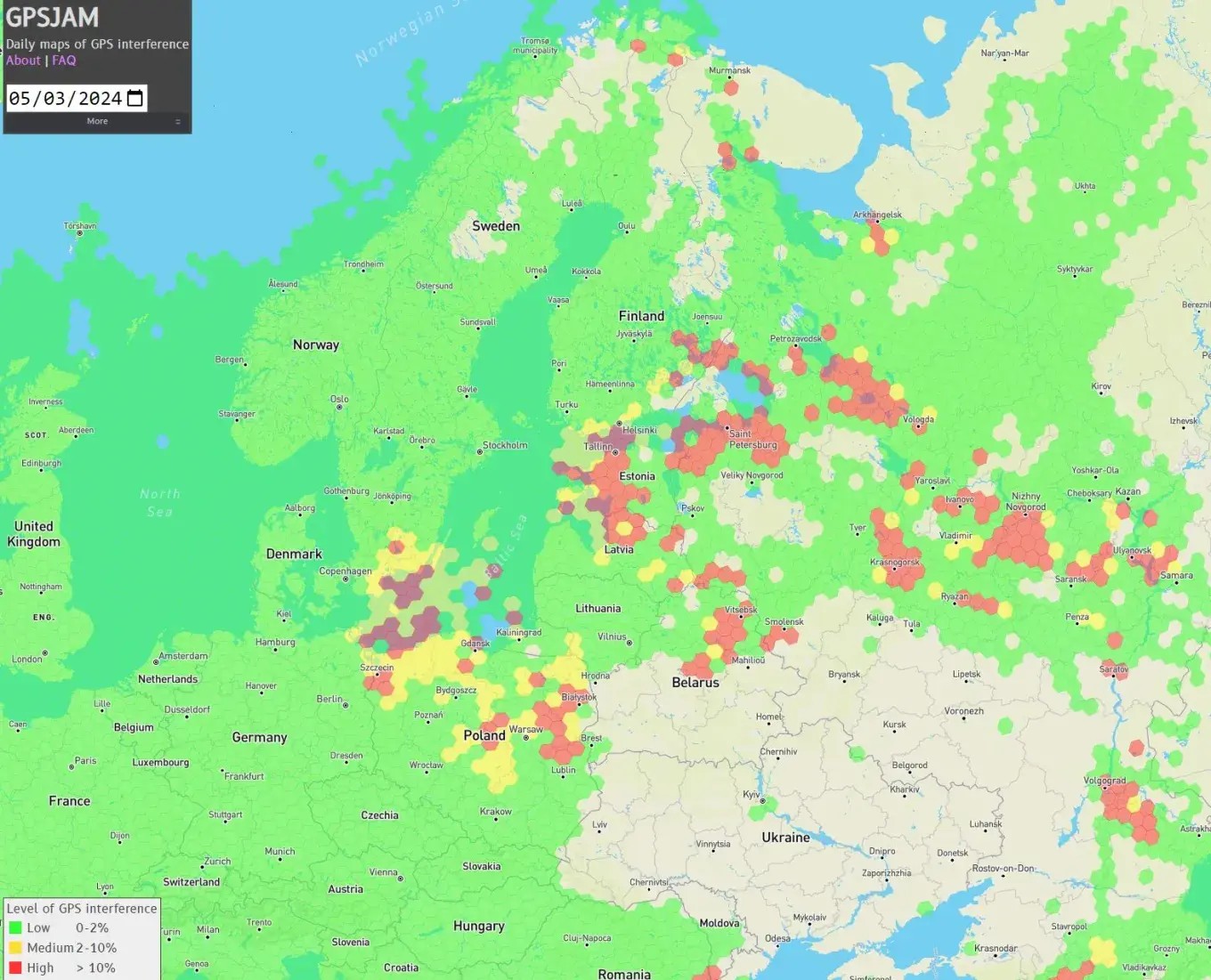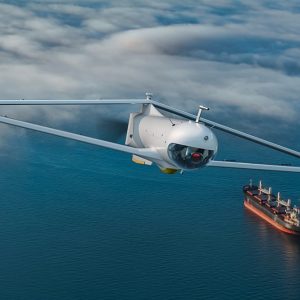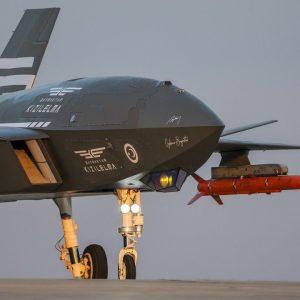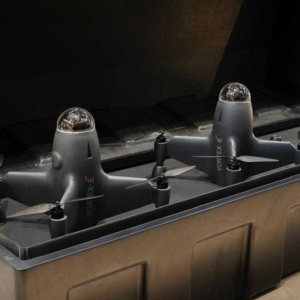
Europe is moving fast to harden Positioning, Navigation and Timing (PNT). Jamming‑resistant GPS in Europe is no longer optional. It is now a safety and sovereignty issue. Recent interference in the Baltic Sea region has exposed weak points in aviation, shipping, and critical infrastructure.
Key facts
• Latvia’s Electronic Communications Office said on 12 August 2025 that GNSS disruption originates from sites in Kaliningrad, Leningrad and Pskov. The warning covers the Baltic Sea corridor and nearby air routes.[1]
• Reports from the Ukraine theater indicate interference reaching up to ~1,200 miles (~1,930 km). As a result, some LEO satellites saw reduced navigation accuracy.[2]
• UN agencies (ITU–ICAO–IMO) issued a joint alert in March 2025. Subsequently, EASA and IATA published a mitigation plan in June 2025.[3][4]
• The European Commission and ESA are shaping a coordinated response. Moreover, ESA is exploring a €1bn dual‑use satellite network alongside IRIS².[5][6]
For airlines, ANSPs, and port authorities, deploying jamming‑resistant GPS in Europe is now a practical requirement, not a future option.
This pattern fits hybrid pressure. It raises costs and uncertainty, yet it stays below an Article‑5 threshold. NATO has noted the trend. After the widely reported interference that affected the European Commission President’s aircraft, the alliance signaled added vigilance and counter‑measures.[7]
In turn, this architecture strengthens jamming‑resistant GPS in Europe by adding an optical backhaul that adversaries cannot flood with RF noise.\$2“Laser‑based communication is the only technology today that offers true immunity against these new‑generation electronic warfare threats,” says Astrolight’s leadership. The company frames optics as a resilience anchor, not a niche add‑on.[8]
This policy shift speeds up adoption of jamming‑resistant GPS in Europe across civil and defence users, from airlines to energy grids.
International bodies have also clarified expectations. A rare joint message from ITU, ICAO and IMO urges states to avoid jamming or spoofing and to notify air navigation services if activities might affect civil aviation. Meanwhile, EASA and IATA emphasize pilot procedures, incident reporting, and alternative PNT (A‑PNT). Options include enhanced inertial systems, eLoran, and terrain or vision‑aided navigation.
What resilience looks like at the edge
Edge platforms—aircraft, ships, UxVs and mobile nodes—need jamming‑resistant GPS in Europe as an architecture, not a bolt‑on. A practical stack layers: (1) multi‑constellation GNSS with authentication; (2) onboard A‑PNT such as tightly coupled INS and vision‑aided navigation; (3) optical or highly directional RF links for timing and data assurance; and (4) spectrum awareness to detect and route around interference. The goal is graceful degradation. No single failure should remove navigation or timing.
Civil actors play a role as well. Airports can publish robust PBN alternatives. Maritime authorities can add complementary aids in busy lanes. Telecom operators can add holdover clocks and alarms for GNSS timing drift. Because many sectors rely on PNT, resilience becomes an all‑hazards program, not just an air‑operations issue.
Turkey and NATO supply chains
Demand is forming for certified A‑PNT sensors, interference‑tolerant antennas, MAPS‑class vehicle kits, and optical terminals that can drop into current fleets. Türkiye’s defence ecosystem is well placed here. Beyond hardware, certification, training and field support will decide winners as militaries and civil operators scale resilient PNT. For context on vehicle‑edge adoption, see our analysis of USMC M‑Code and MAPS Gen‑II demonstrations.[9]
In short, jamming‑resistant GPS in Europe is a continental infrastructure issue for transport, telecoms, finance, and defence. The technical playbook exists. The task now is to fund, field, and train.
Further Reading
- Airforce Technology’s report on Europe’s move to jamming‑resistant tech
- Astrolight project updates and roadmap
- UN agencies: joint call to protect satellite navigation
- EU to boost satellite defences against GPS jamming
- Lithuanian Navy laser‑link demo with Astrolight
Internal link: For vehicle‑edge APNT and M‑Code adoption pathways, read our analysis: MARNAV Block 2 resilient PNT demos set tone.
References
[1] Latvia Electronic Communications Office via LETA (12 Aug 2025). Link
[2] GPS interference reaching LEO (~1,200 miles / ~1,930 km): expert assessments (28 Jul 2025). Link
[3] ITU–ICAO–IMO joint warning on GNSS interference (25–26 Mar 2025). ITU · IMO
[4] EASA & IATA mitigation plan (18 Jun 2025). Link
[5] EU policy shifts; Defence Commissioner statements (Sep 2025). Reuters · PBS · AP
[6] ESA €1bn dual‑use satellite network exploration (2025). Financial Times · IRIS² backgrounder: The Verge
[7] NATO acknowledgement after von der Leyen flight incident; hybrid‑threat context. AP
[8] Astrolight optical‑link demonstrations with Lithuanian Navy (Jul 2025). Naval Today · Defence Industry Europe
[9] Defence Agenda internal: MARNAV Block 2 resilient PNT demos set tone
Disclosure: This analysis uses verified open sources. Emerging claims (for example, interference reaching LEO) are attributed to expert assessments and may change as new data appears.











